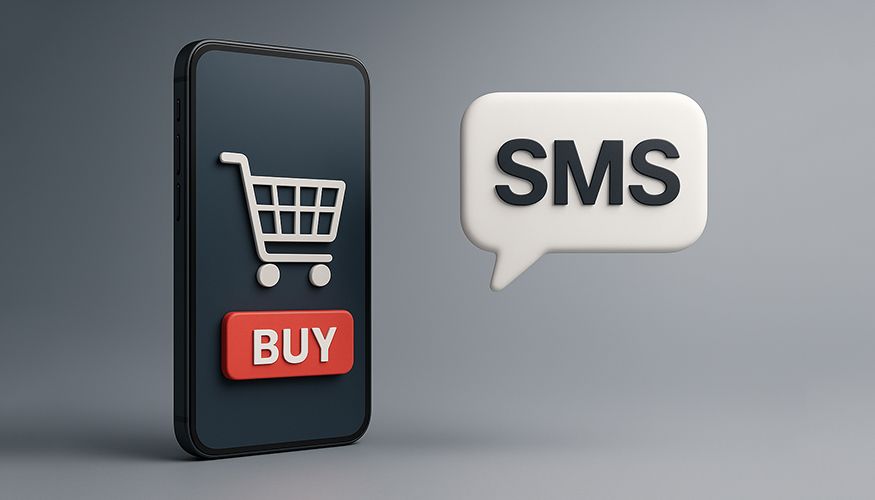Table of Contents
- Why SMS for Insurance Clients Works
- What Is SMS Deliverability and Why It Matters
- SMS Deliverability Best Practices for Insurance
- Step‑by‑Step: Setting Up Your First Insurance SMS Campaign
- Powering Growth Through Insurance Automation
- Personalization That Builds Trust
- Comparing SMS vs Email for Insurance Communication
- Staying Compliant Made Easy
- Crafting a Complete Communication Strategy
- Short Codes: A Powerful SMS Tool
- Final Thoughts: Automate Smart. Deliver Better.
- Ready to Improve Your Insurance Messaging?
Try Whippy for Your Team
Experience how fast, automated communication drives growth.
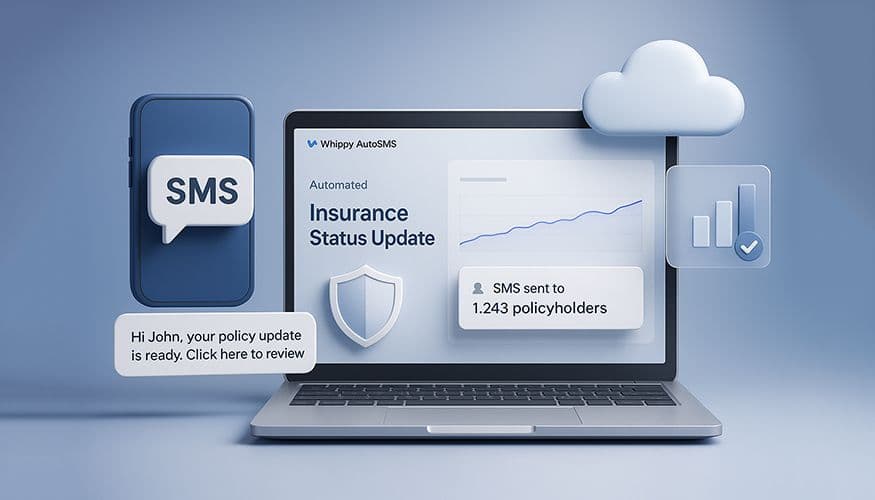
Today’s insurance agencies—and the broader insurance industry—face a common challenge: how to reach clients quickly, clearly, and at scale—without losing the personal touch. The answer lies in insurance automation and reliable SMS deliverability.
With people spending more time on their cell phones, text messaging for insurance is now a must-have strategy. But simply sending messages isn’t enough. You need to make sure they’re received—and you need to automate the process to save time, improve workflows, and better serve your insurance customers.
This guide will walk you through how to use insurance SMS marketing, improve SMS delivery rates, and build automated systems that ensure compliance, build trust, and grow your book of business using an effective insurance SMS message approach.
Why SMS for Insurance Clients Works
Most people prefer texting over calls or emails, especially for short updates or reminders. That makes texting insurance clients a smart, effective way to stay in touch.
Key Benefits of SMS for Insurance Agencies:
- Fast and easy to send text messages
- High SMS open rates in insurance (often above 90%)
- Better engagement than email or voicemail
- Great for insurance lead nurturing via SMS
- Simple to automate with the right tools, ensuring each insurance SMS message has maximum impact
By using SMS campaigns for insurance, agencies can follow up on leads, send policy renewal reminders, and keep clients informed—all while reducing workload for staff.
What Is SMS Deliverability and Why It Matters
SMS deliverability is the percentage of messages that actually reach the client’s device. If a message gets blocked by a carrier or lost in the system, it’s a missed opportunity—and a waste of resources.
Common SMS Delivery Problems:
- Carrier filters block unregistered numbers
- Low SMS throughput (sending too many too fast)
- Spammy content triggers filters
- Non-compliance with the consumer protection act TCPA
A poor SMS delivery rate means clients may never see your messages, no matter how important they are. Crafting each insurance SMS message with best practices in mind will help ensure you get through.
SMS Deliverability Best Practices for Insurance
To improve your results, follow these trusted SMS deliverability best practices:
Use Registered Numbers: Send from approved 10DLC numbers or short codes to build trust and avoid filters.
Monitor SMS Metrics: Track SMS delivery rates, opens, and replies to find and fix issues quickly. Need more tips on improving your delivery rates? Explore our 10 expert-backed ways to boost SMS deliverability↗
Keep It Simple and Clear: Avoid long messages and spam-like language. Use plain, helpful wording that aligns with each insurance SMS message — you may also want to cross-check your copy against our SMS Spam Trigger Words to Avoid↗ guide to ensure compliance and optimal deliverability.
Every extra character can drive up costs or trigger carrier filtering—learn more about how SMS is segmented and why it matters in our What Is an SMS Message Segment?↗ the complete guide.Follow Consent Rules: Use strong text message consent management. Get permission before messaging and make opt-outs simple.
Ensure Compliance: Stay up to date with the Telephone Consumer Protection Act (TCPA) and other regulations. Use tools that support text message compliance for insurance.
Step‑by‑Step: Setting Up Your First Insurance SMS Campaign
1. Select Your SMS Platform: Choose a provider offering automation, compliance safeguards, and analytics. Learn how to send mass texts at scale↗ with our complete guide.
2. Collect Consent: Gather explicit, documented consent from each client.
3. Register Your Number: Obtain a compliant 10DLC or short code.
4. Craft Your Message: Write concise, personalized SMS content.
5. Define Automation Triggers: Automate messages around events (e.g., renewals, claims updates).
6. Monitor & Optimize: Regularly review performance metrics and iterate.
Powering Growth Through Insurance Automation
Insurance automation helps you send and receive messages, reminders, and updates without manual work. It also allows your agency to scale while offering a consistent, high-touch experience.
Here’s how to put it to work:
Insurance Drip Campaigns
Set up a sequence of texts↗ to guide leads through quotes, onboarding, and more. These automated message campaigns help deliver timely touchpoints that drive conversion and retention.
Text Message Reminders for Policy Renewals
Don’t risk a policy lapse. Use automated SMS↗ for insurance to send a gentle renewal reminder days before a policy expires.
Claims Updates and Follow-Ups
Use secure text messaging for insurance to keep clients informed of claim status without delay.
AI Insurance Texting Assistant
Deploy an AI assistant to respond to FAQs, check policy status, or even escalate to an agent—saving time while improving service.
Want to build auto-responses into your workflow? Check out our complete guide to SMS auto-replies↗ to boost engagement while reducing manual follow-up.
Visual: Insurance SMS Drip Campaign Workflow
Lead Opt‑in →
Welcome Message →
Quote Follow‑up (Day 2) →
Renewal Reminder (Day 5) →
Policy Confirmation (Day 7)
Escalate to a live agent if there’s no response.
See it in action: 24/7 Insurance Answering Service With AI↗
Personalization That Builds Trust
Insurance text message automation can still feel human—if done right. Include details like names, policy types, or renewal dates. These personalization messages build trust and make each text feel tailored.
Examples:
- “Hi Alex, your life insurance policy is due for renewal. Need help reviewing it?”
- “Good news, John—your auto claim is now approved!”
Every insurance SMS message should feel like you’re talking directly to that client—building trust one text at a time.
Comparing SMS vs Email for Insurance Communication
Feature | SMS | |
|---|---|---|
Open Rates | Very high (90%+) | Lower (20–30%) |
Average Response Time | 3–5 minutes | Hours to days |
Best Use | Urgent updates, reminders | Long-form documents, formal info |
Client Engagement | High | Medium |
Automation Compatibility | Strong | Strong |
Conclusion: Use SMS for insurance agents when you need fast, direct touchpoints. Reserve email for detailed forms, policy documents, or longer explanations.
Staying Compliant Made Easy
Protect your agency and clients by ensuring every message meets regulatory standards, especially when handling sensitive information like health or life insurance policies.
Key Compliance Tips:
- Obtain clear consent before messaging
- Provide simple opt‑out instructions
- Log and archive all communications
- Use HIPAA-compliant SMS for insurance to safeguard personal health information (PHI)
A good marketing platform will offer built-in tools for text message compliance for insurance, giving you peace of mind and helping you send every insurance SMS message safely.
Crafting a Complete Communication Strategy
Your communication strategy should focus on reaching clients with the right message at the right time—using the right marketing channels.
Here’s how to do it:
1. Use a trusted marketing platform with automation features
2. Plan SMS campaigns for insurance around key dates and customer milestones
3. Mix automation with real human engagement
4. Use AI insurance texting assistants to save time
5. Always monitor SMS delivery rate, opt-outs, and replies
By using multiple marketing channels—such as email, phone, and SMS—you ensure you meet each client where they prefer to engage. A well-crafted insurance SMS message on your primary channel can be the difference between growth and missed opportunity. If you ever need to include images, PDFs, or richer media in a campaign, check out our Mass Text vs Group MMS: What Works Best for Business↗ article to see when plain-text SMS suffices and when MMS makes sense.
At the same time, you’ll want a reliable phone solution and the ability to send and receive calls seamlessly—see our Best VoIP for Insurance Companies↗ post for recommendations on choosing the right VoIP system. Then combine it with best practices for SMS deliverability and automation.
Short Codes: A Powerful SMS Tool
Short codes are a powerful tool for insurance agencies managing high-volume SMS campaigns. They offer faster throughput, brand recognition, and reduced risk of carrier filtering. These dedicated, pre-approved numbers offer faster throughput, enhanced brand recognition, and reduced risk of carrier filtering. By leveraging SMS short codes for insurance promotions, policy alerts, and renewal reminders, agencies can ensure high deliverability rates and maintain compliance at scale.
Benefits of Short Codes:
- Higher SMS throughput (send more messages per second)
- Better brand recognition (e.g., “Your carrier: 12345”)
- Easier to build compliance history
When each insurance SMS message comes from a reliable short code, clients know it’s legit—and carriers do too.
Final Thoughts: Automate Smart. Deliver Better.
Your clients expect fast, reliable communication. By combining insurance automation with strong SMS deliverability, your agency can meet those expectations—and exceed them.
You’ll:
🛡️ Improve delivery with smarter messaging
🛡️ Build loyalty with SMS retention strategies
🛡️ Reach more people using preferred marketing channels
🛡️ Communicate better while saving time
Every insurance SMS message counts—make sure it arrives, feels personal, and follows the rules.
Ready to Improve Your Insurance Messaging?
Whippy helps insurance agencies run smarter, faster, and more compliant SMS campaigns. From lead follow-ups to renewal reminders, Whippy lets you automate everything—while staying human.
Book a Free Live Demo↗ and discover how to modernize your insurance communication today.
Table of Contents
Table of Contents
- Why SMS for Insurance Clients Works
- What Is SMS Deliverability and Why It Matters
- SMS Deliverability Best Practices for Insurance
- Step‑by‑Step: Setting Up Your First Insurance SMS Campaign
- Powering Growth Through Insurance Automation
- Personalization That Builds Trust
- Comparing SMS vs Email for Insurance Communication
- Staying Compliant Made Easy
- Crafting a Complete Communication Strategy
- Short Codes: A Powerful SMS Tool
- Final Thoughts: Automate Smart. Deliver Better.
- Ready to Improve Your Insurance Messaging?
Try Whippy for Your Team
Experience how fast, automated communication drives growth.
Related Articles
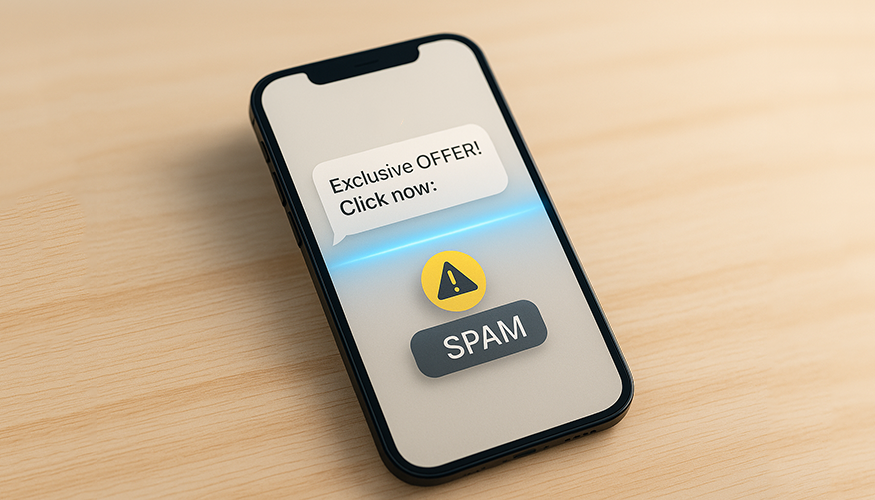
SMS Spam Trigger Words to Avoid

Intelligent Call Routing: How It Works, Types, Benefits
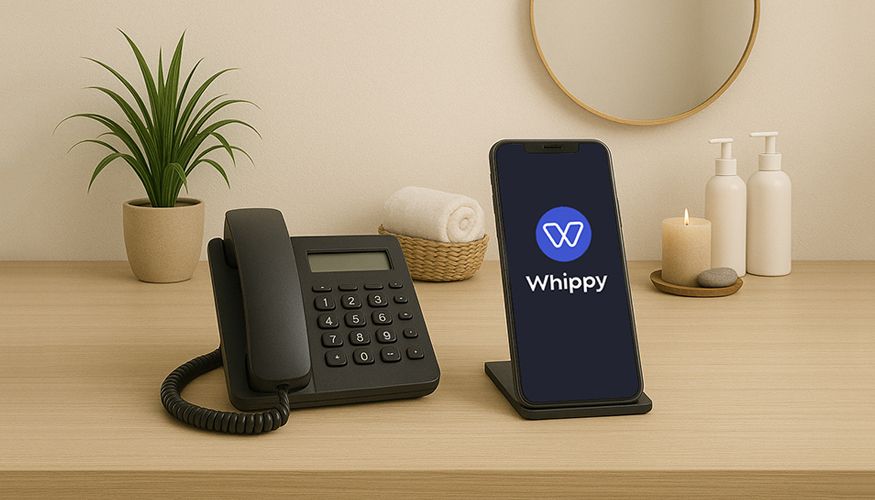
Salon Answering Service for Spas, Beauty & Wellness Venues

After Hours Medical Answering Service with AI
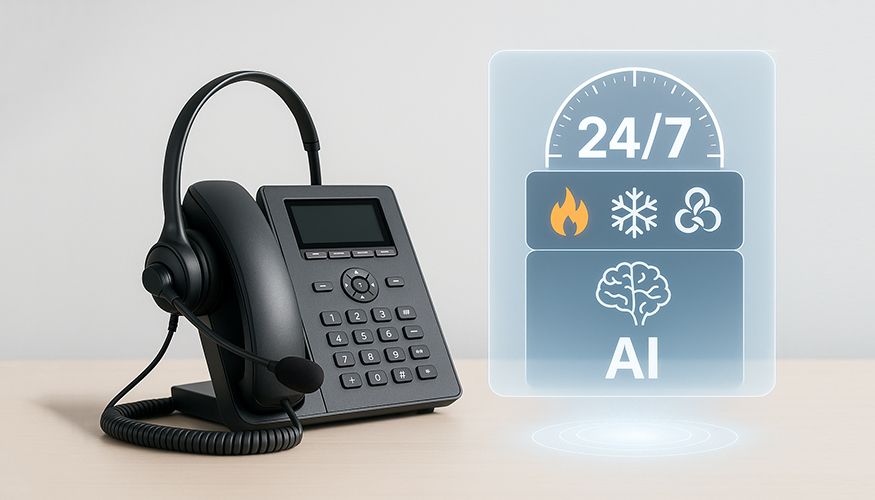
Best HVAC Phone Answering Service: 24/7 & AI Solutions
